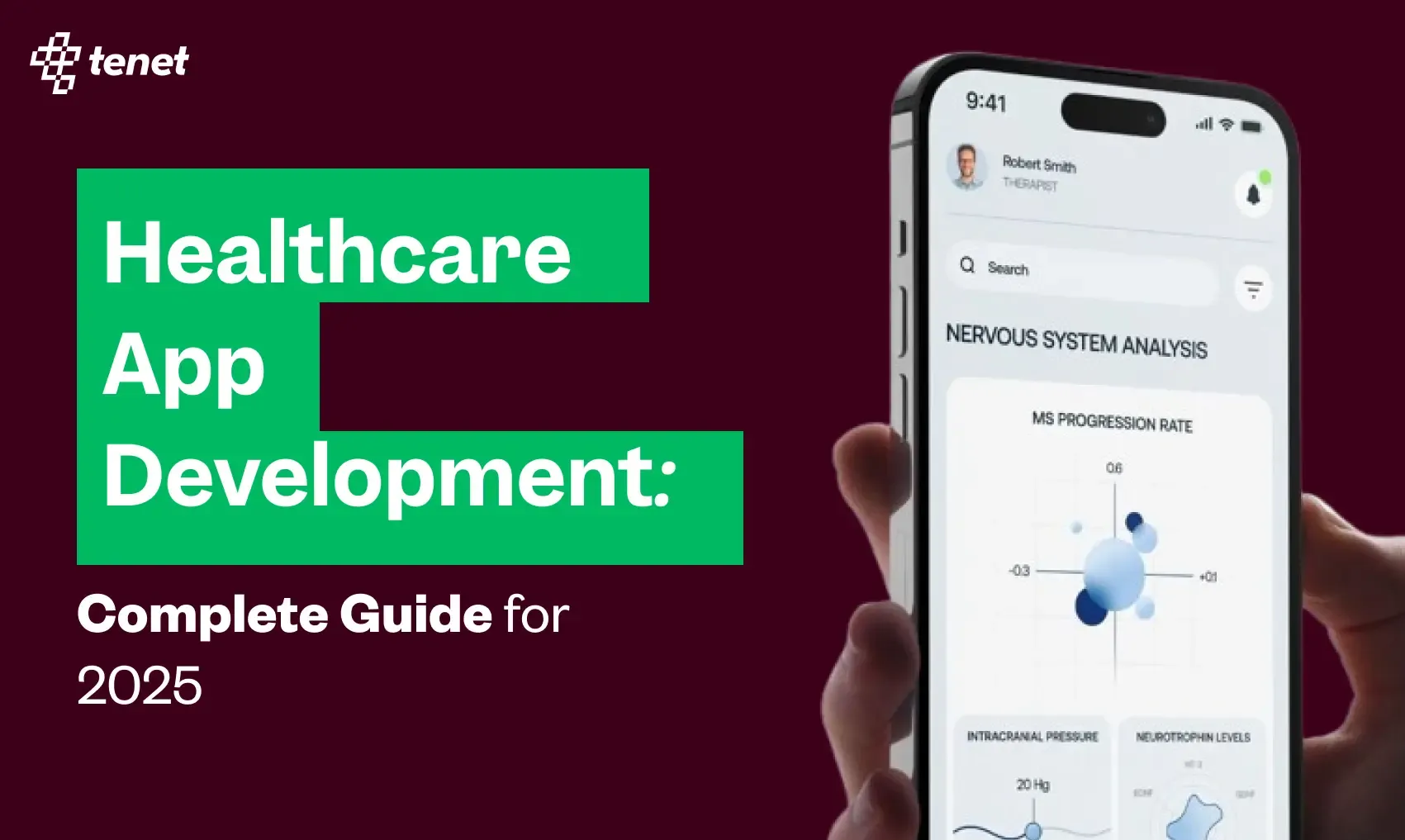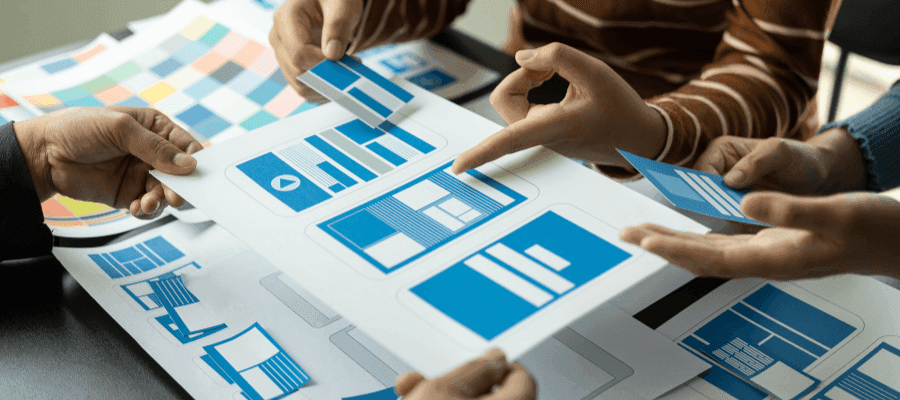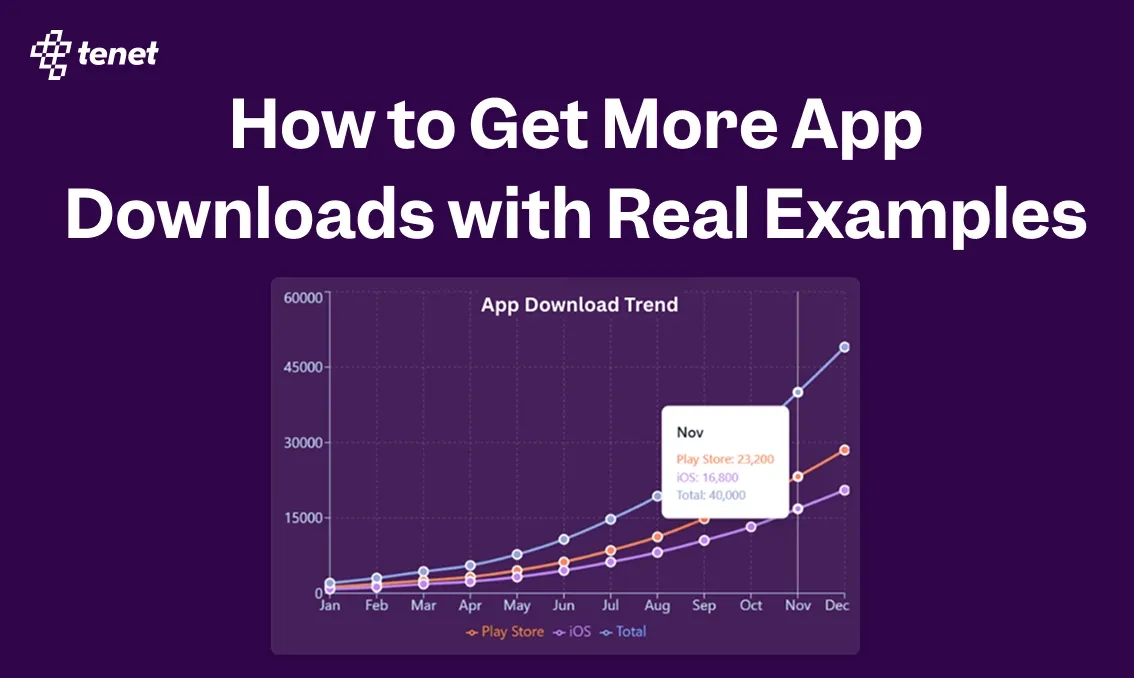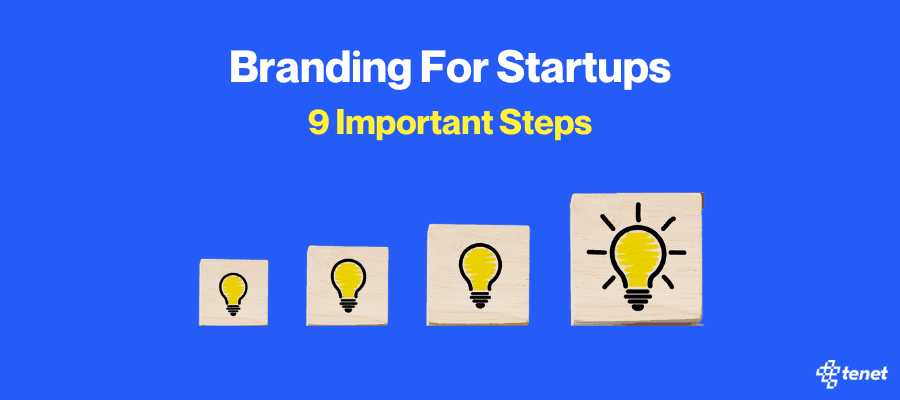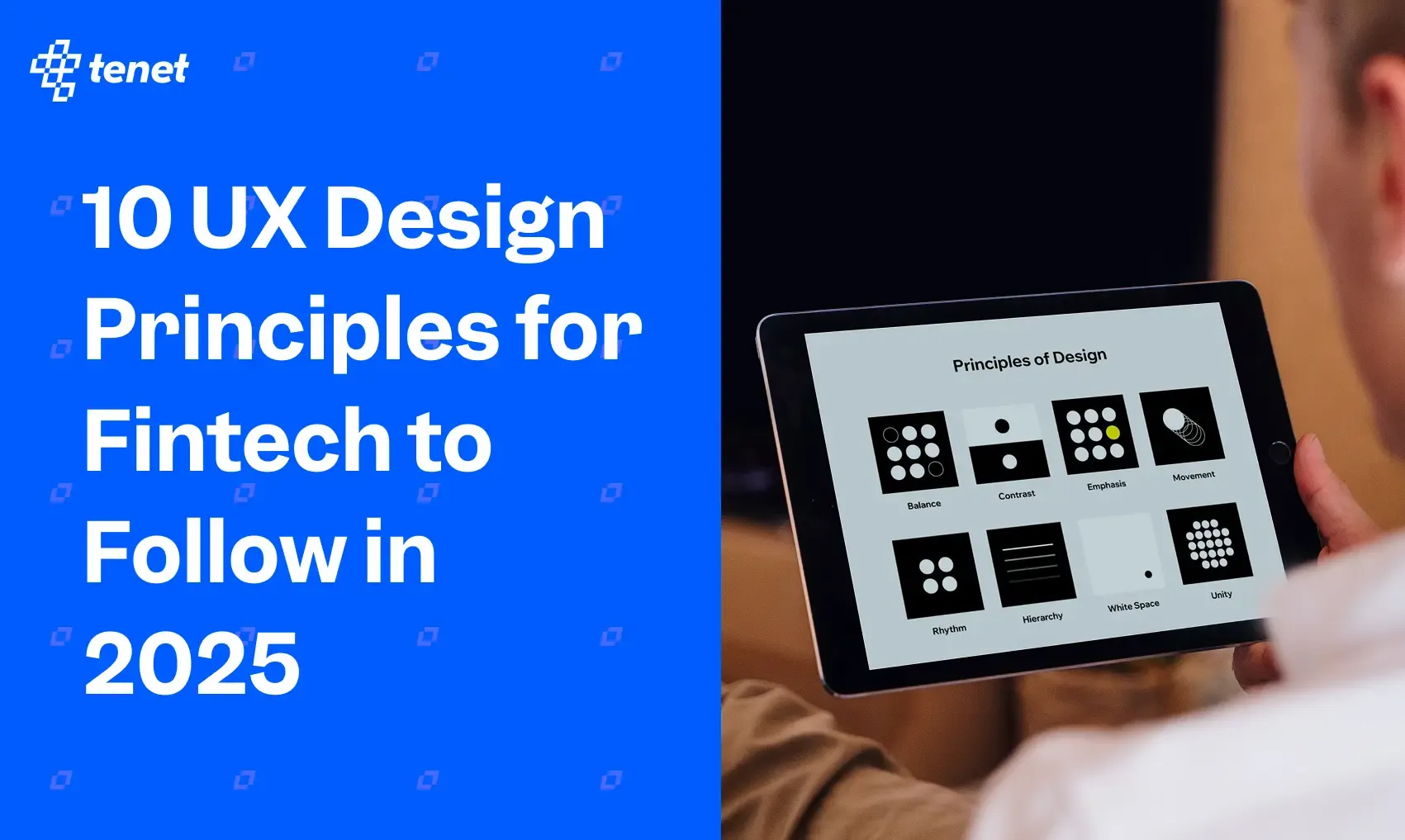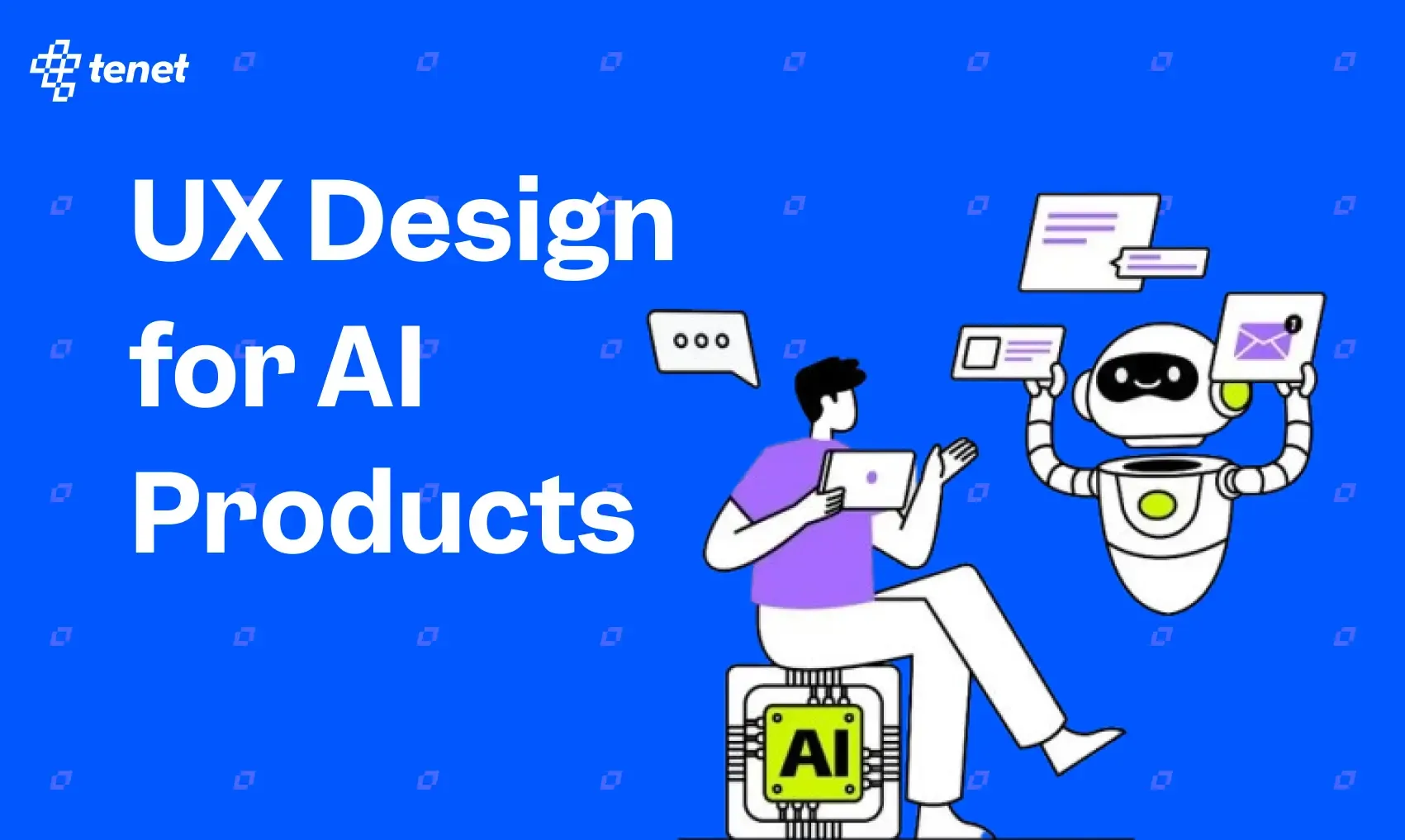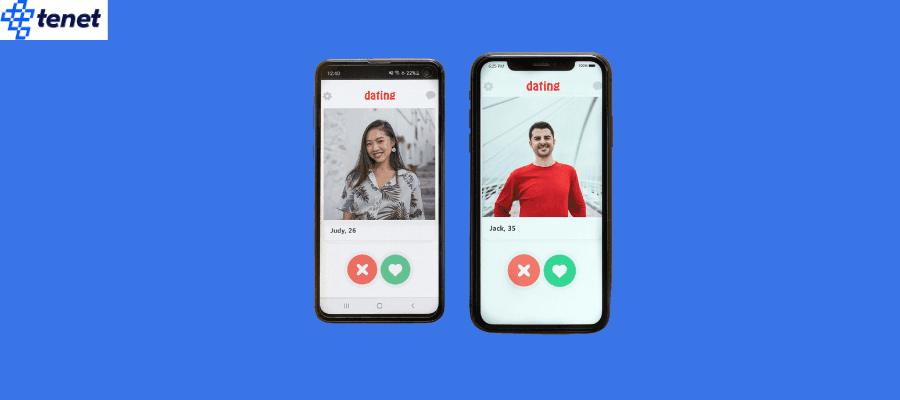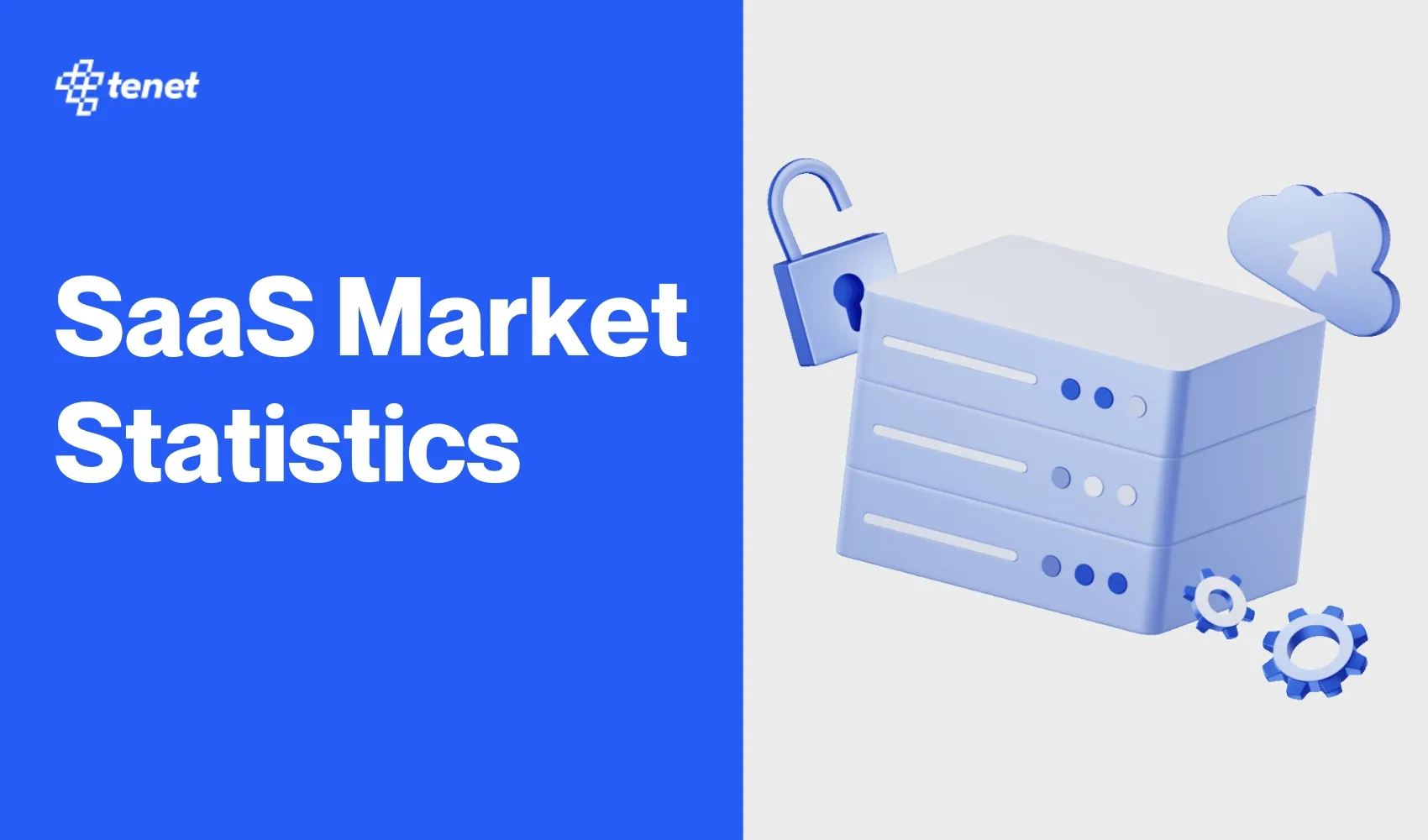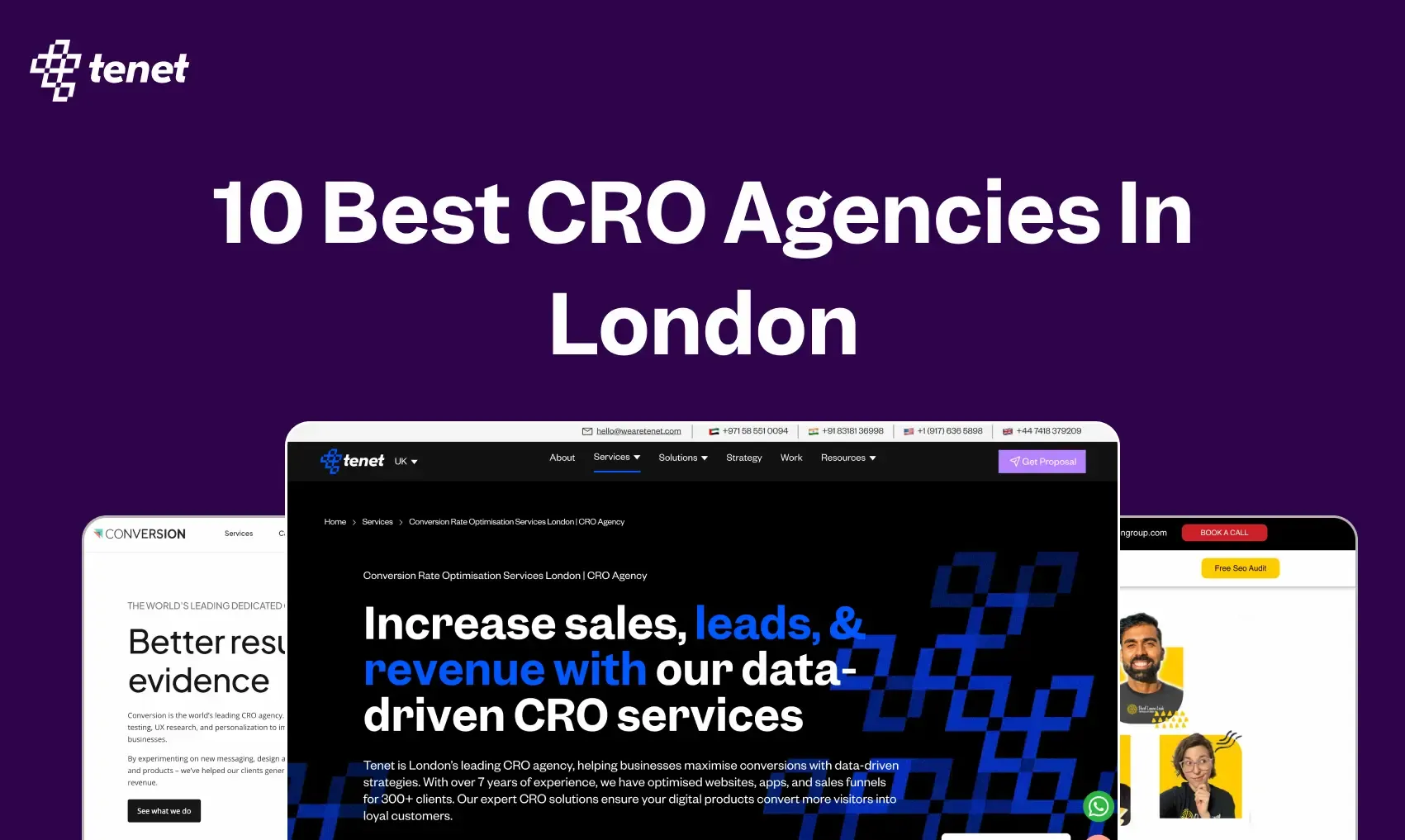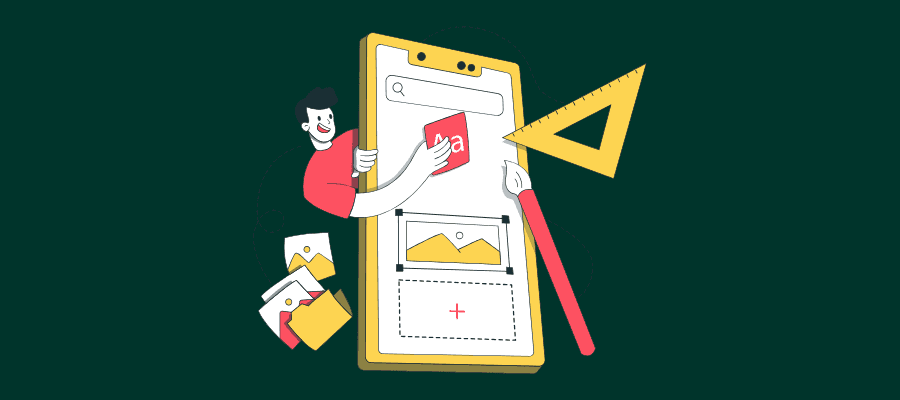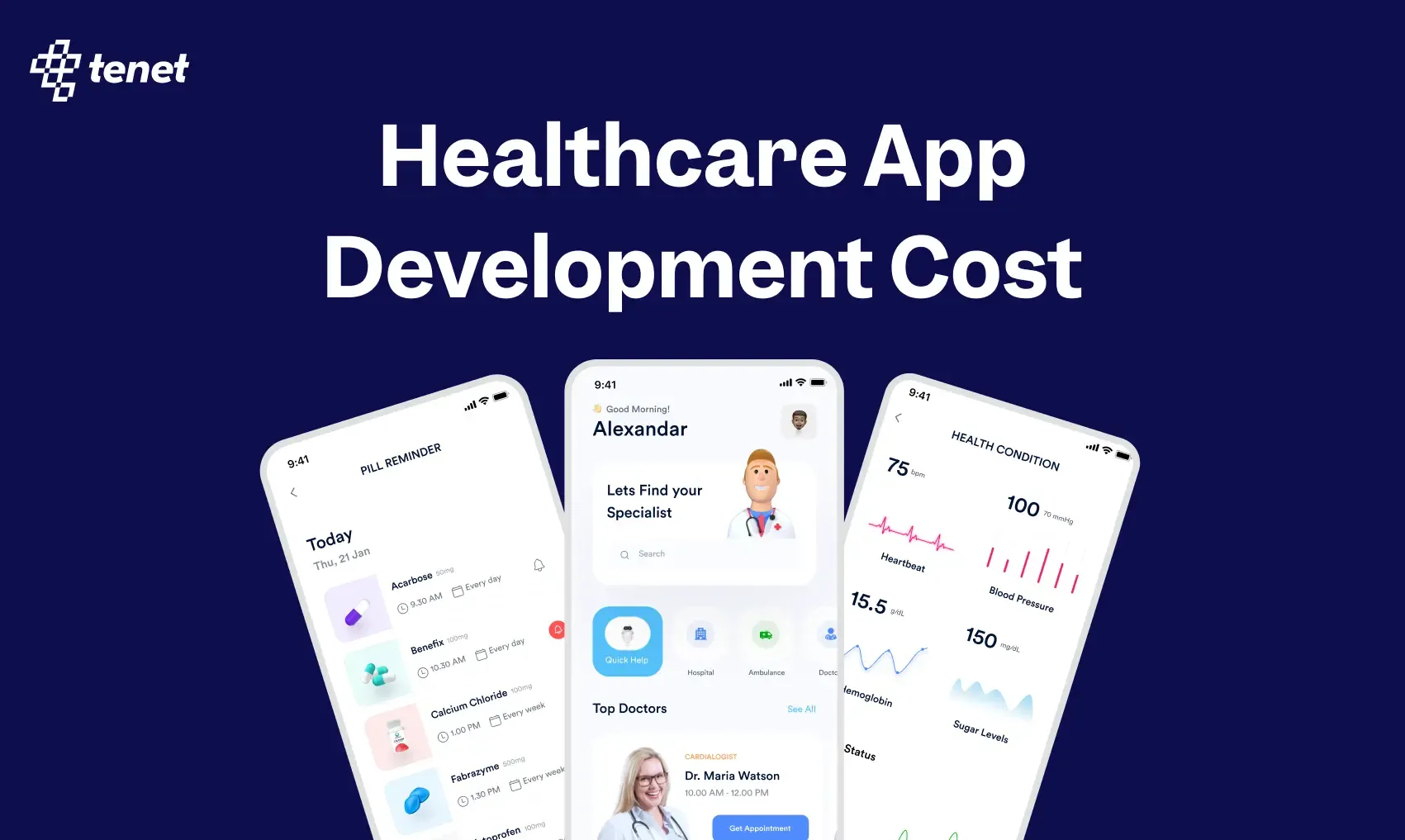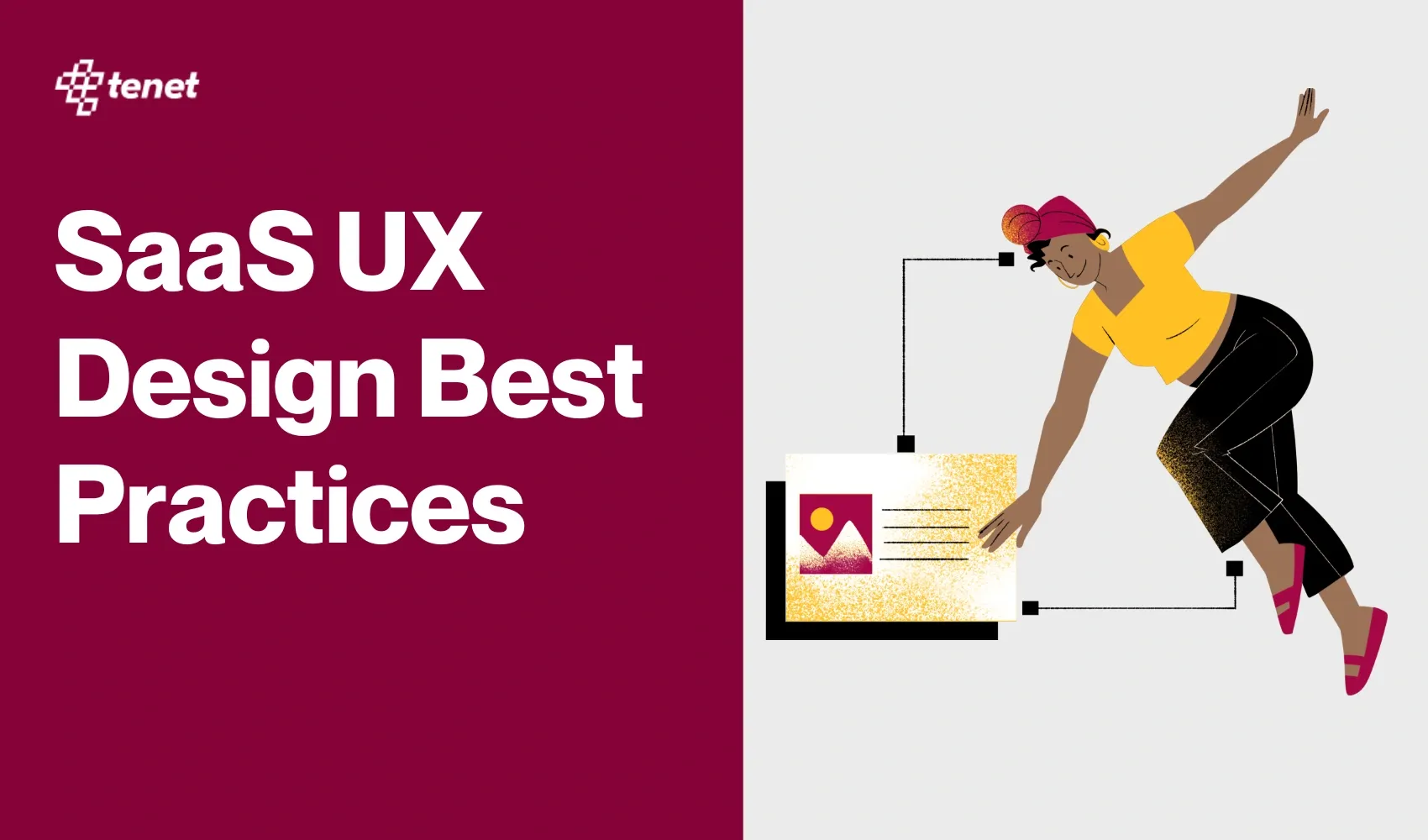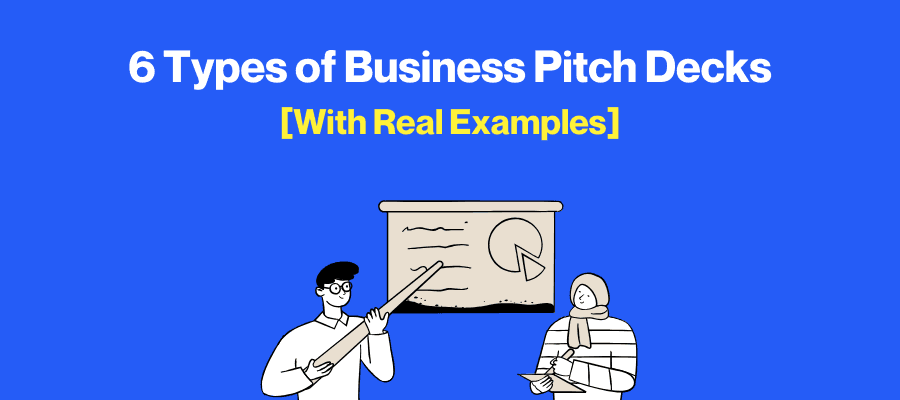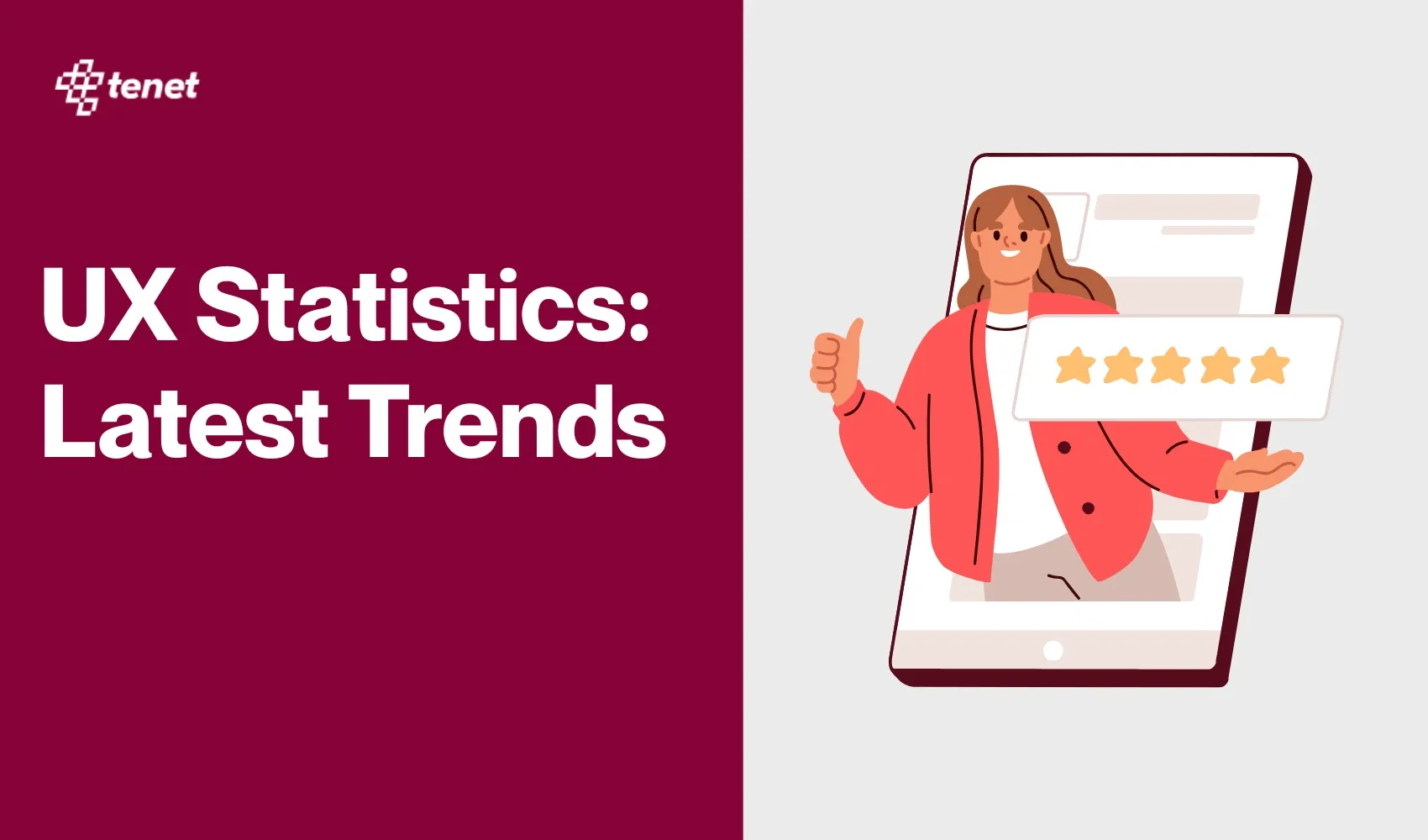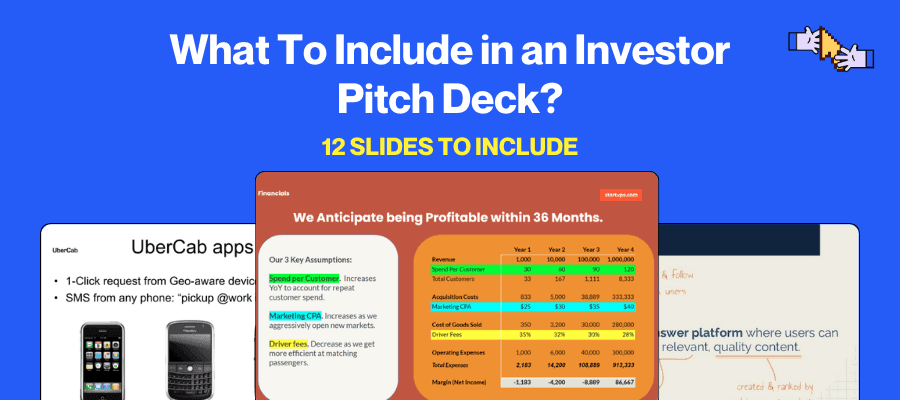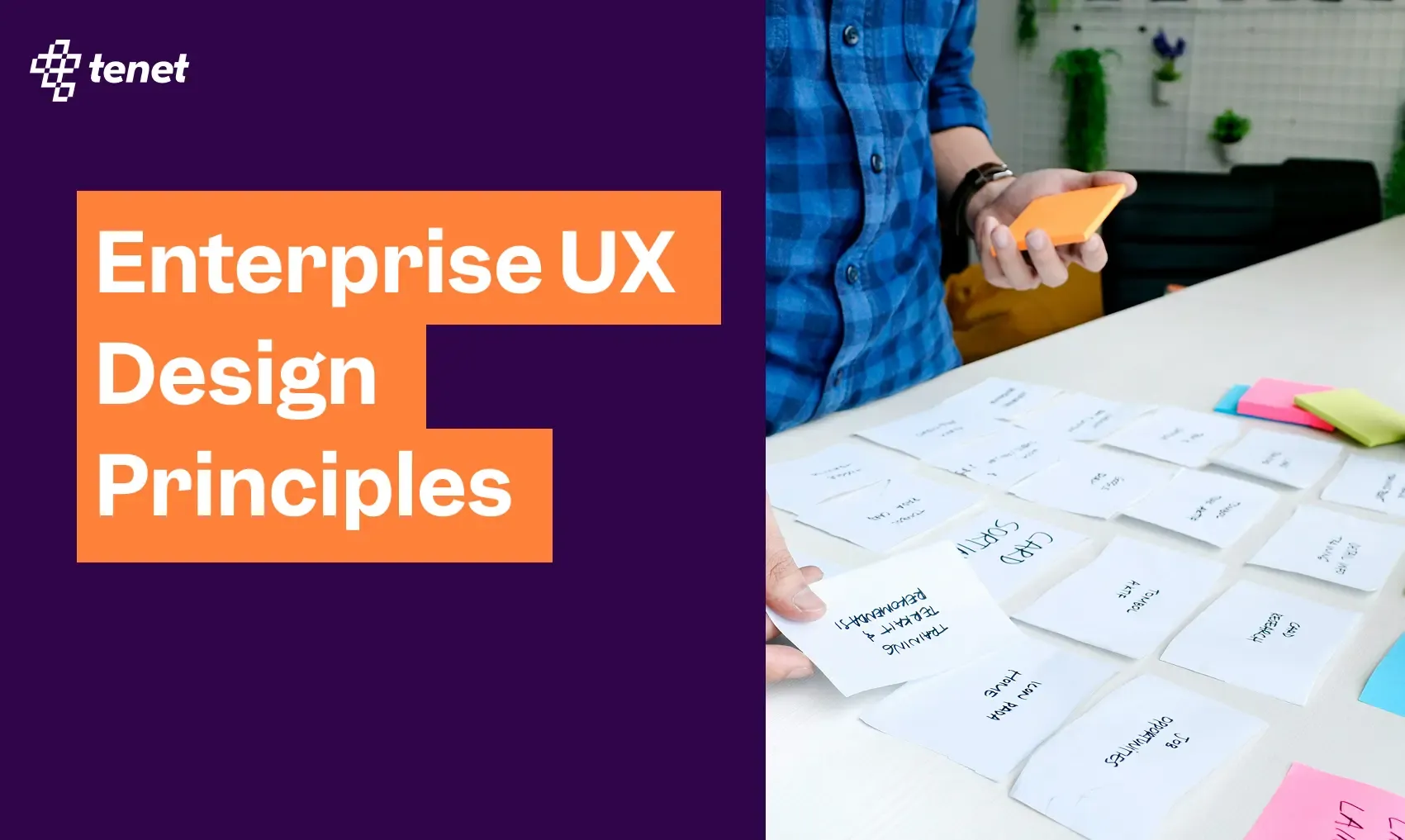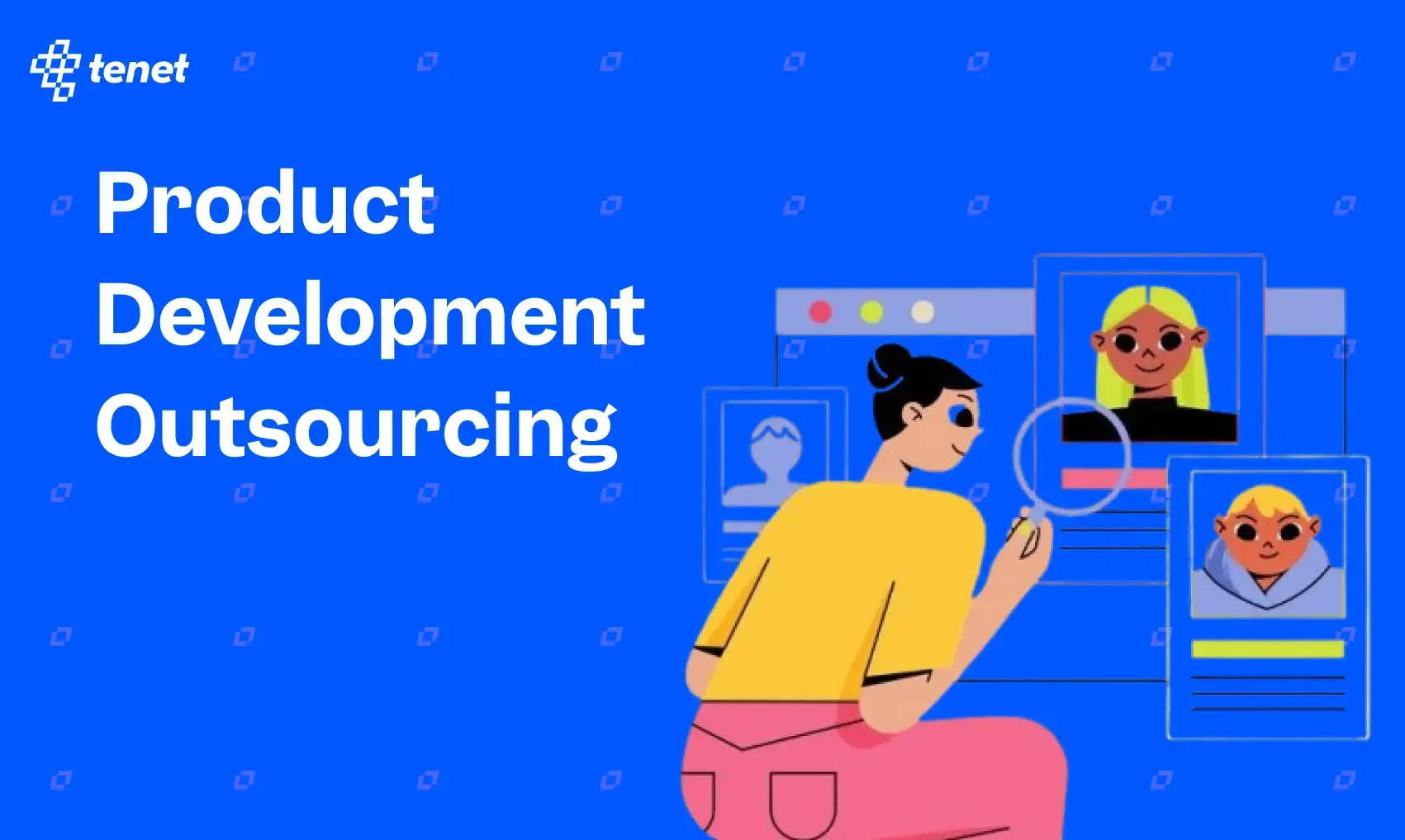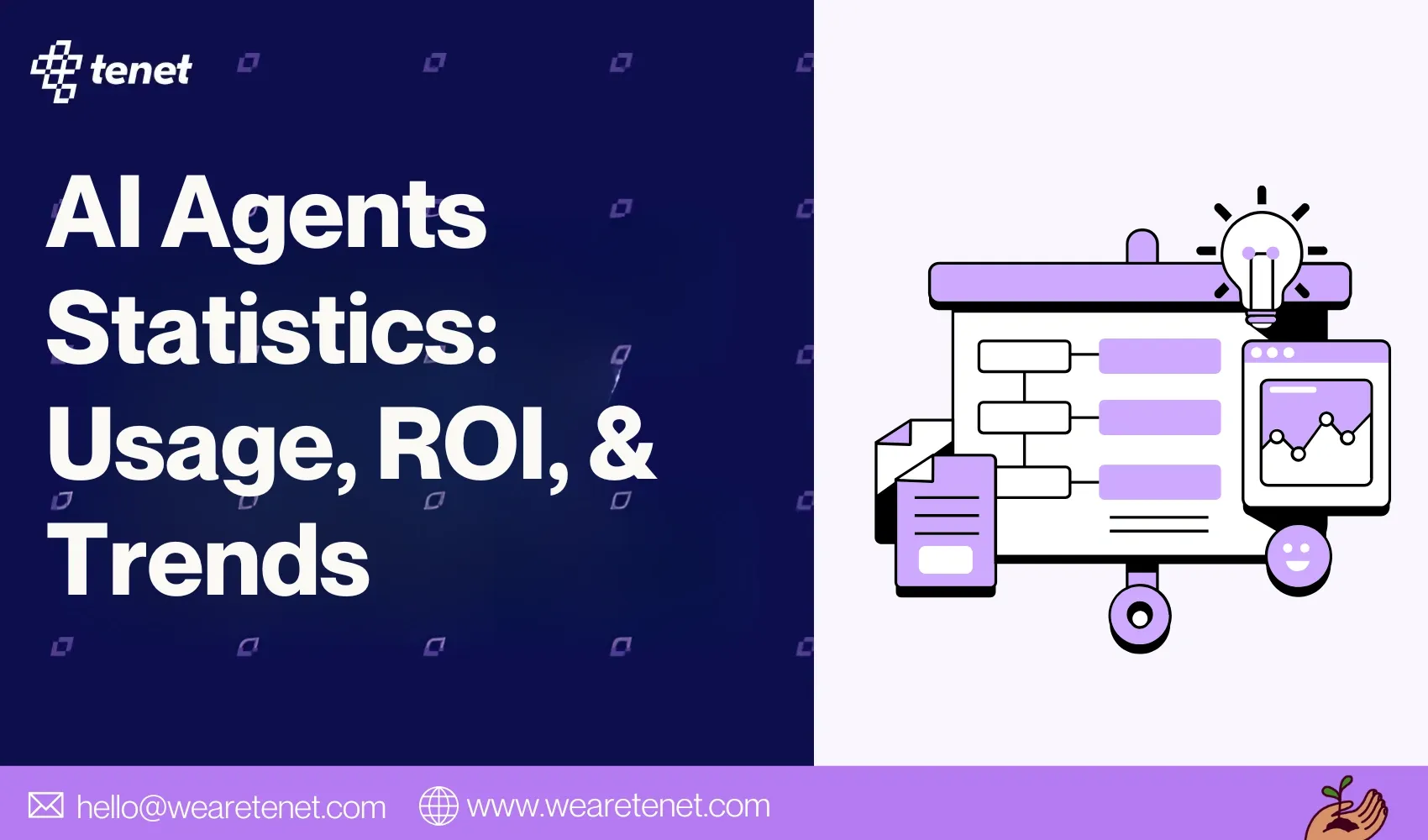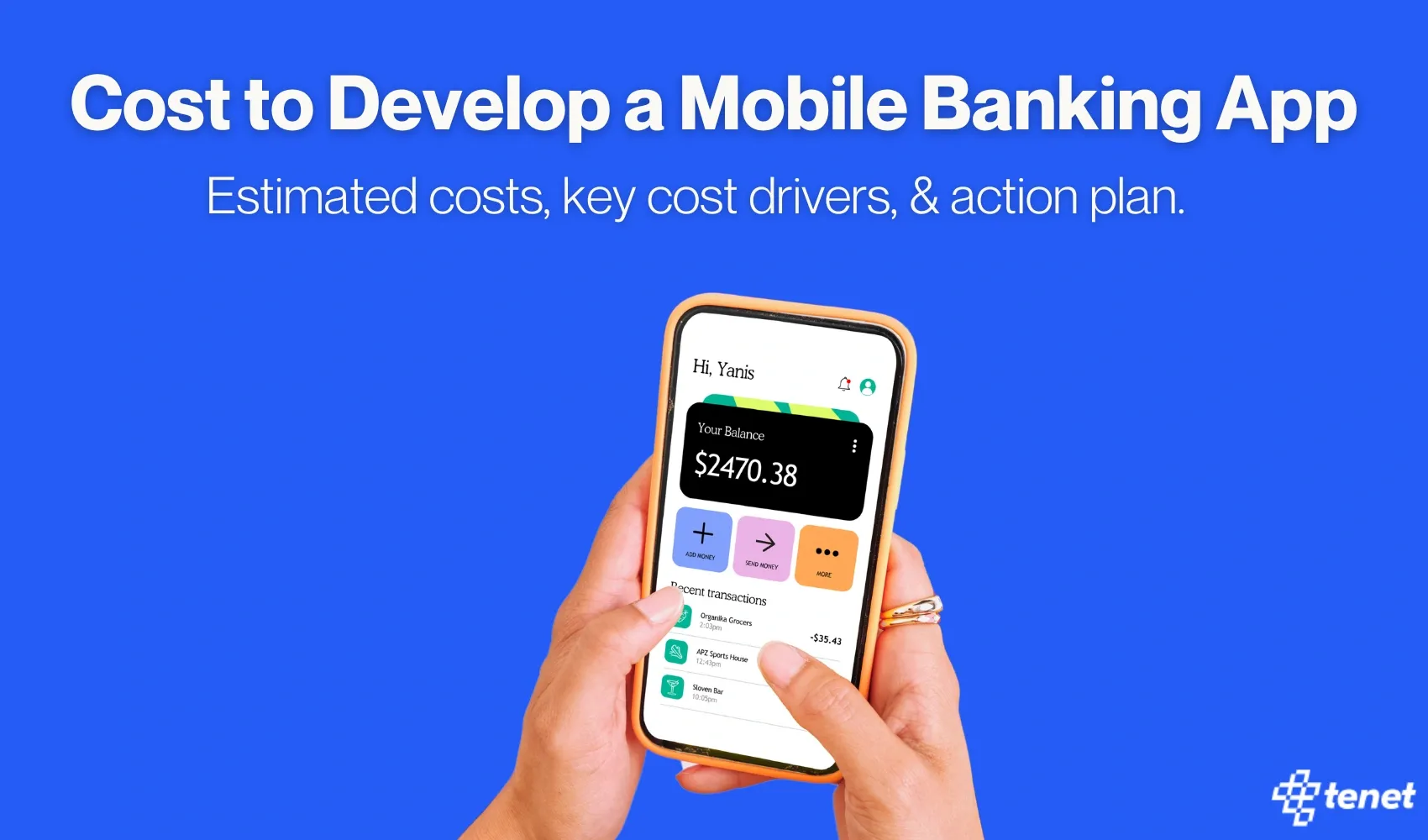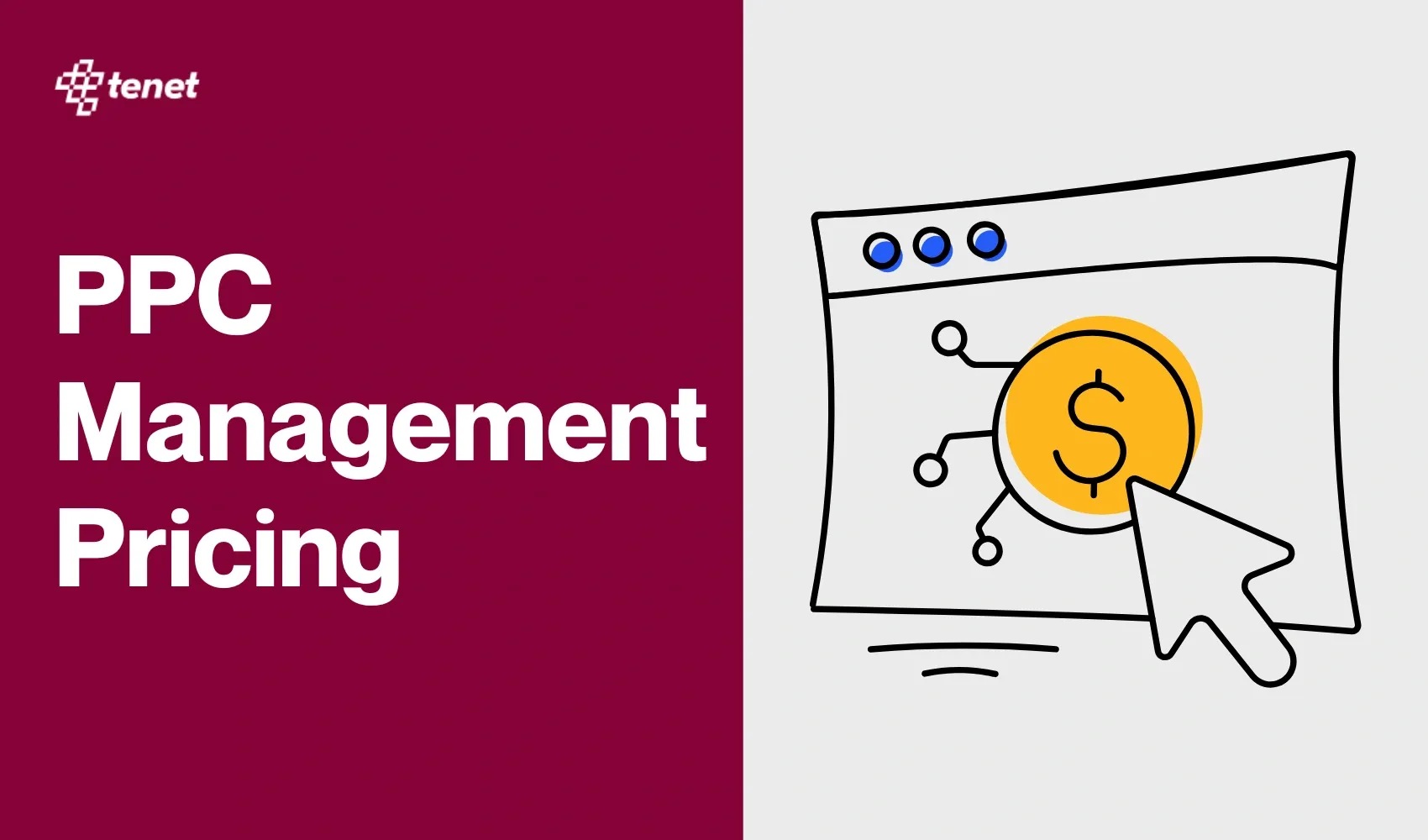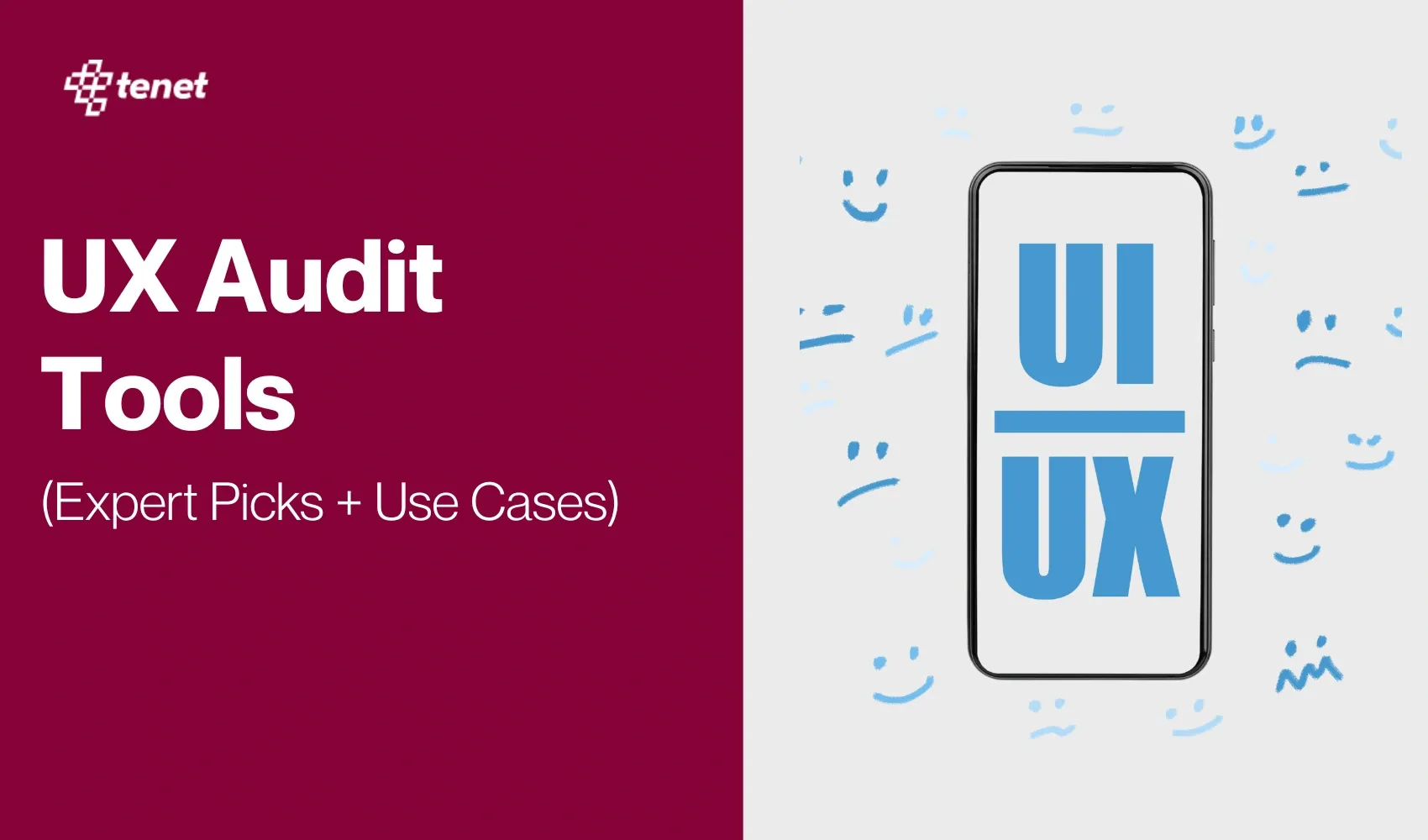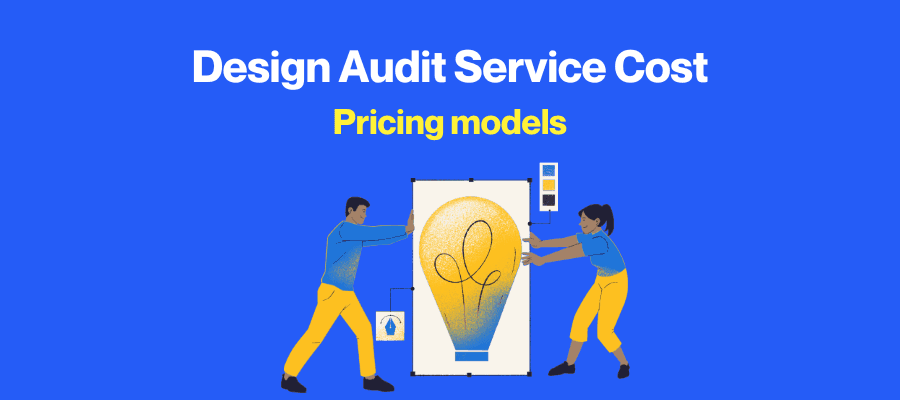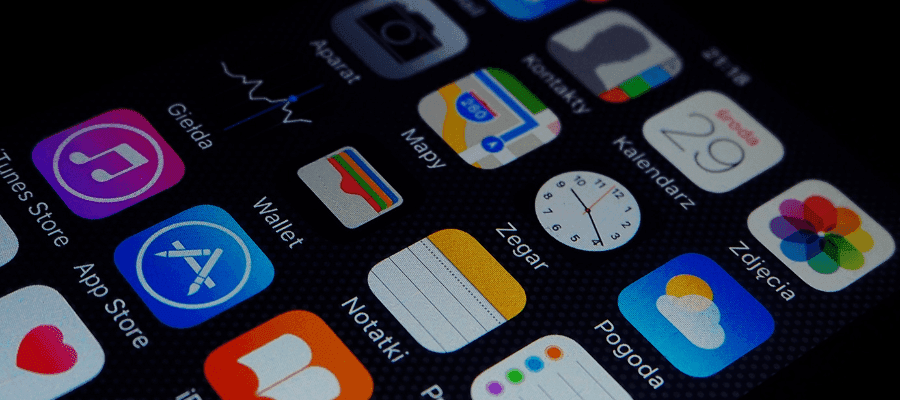How Much Does Digital Product Design Cost in 2025?
Share
Share
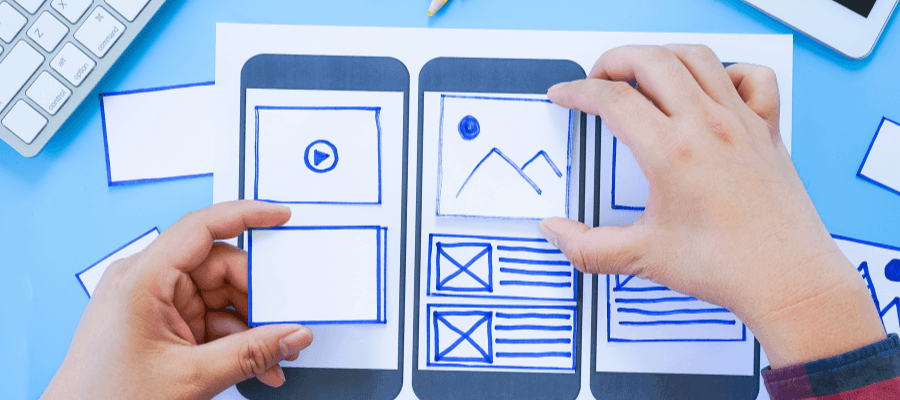
Users expect smooth, fast, and visually engaging digital experiences. If your app or website feels confusing or outdated, they leave instantly and your brand loses credibility.
Many companies still approach design as a one-time task without understanding what factors drive cost or value.
This often leads to poor design choices and higher long-term expenses.
With over 450 successful projects delivered across 15 countries, Tenet helps brands design digital products that balance beauty, usability, and ROI.
In this guide, you will learn how much digital product design costs in 2025, the key factors that affect pricing, and how to plan your design budget effectively.
What is digital product design?
Digital product design is the process of creating user-friendly digital solutions such as apps, websites, and software interfaces. It combines UI (User Interface) and UX (User Experience) design to make a product both visually appealing and easy to use.
The goal is to ensure every interaction feels smooth, functional, and aligned with user needs.
What is the cost of developing a digital product in 2025?
The cost of developing a digital product in 2025 ranges between $5,000 and $150,000, depending on the project’s complexity, design scope, and platform requirements.
For basic app designs, businesses can expect to spend $5,000 to $30,000, while complex digital products that include custom UI/UX, animations, and design for both iOS and Android platforms may reach $50,000 to $150,000.
Hourly UI/UX design rates typically range from $50 to $150, influenced by the designer's expertise and the region.
Several factors affect pricing:
- Number of screens and features – More screens mean more design effort.
- Platform-specific design – Creating for both iOS and Android increases cost.
- Customization level – Unique branding and animations raise the budget.
- Design team experience – Senior designers or agencies charge higher rates.
In short, building a digital product in 2025 costs anywhere from $5,000 for simple apps to $150,000 for complex, multi-platform designs, based on scope and expertise involved.
What are the types of product designs?
Digital product design includes several types, and each is tailored to specific objectives and user needs. Here's a breakdown of the key digital product design types:
Engineering Design (Variant Design)
Engineering design is also called variant design. It focuses on improving or optimizing an existing product. The goal may include:
- Improving a component’s performance or reliability
- Reducing production costs
- Adapting to new materials or manufacturing methods
For example, a designer might alter the shape of a digital device to improve ergonomics or replace materials to reduce weight while maintaining durability.
Estimated Cost Range: $4,000 to $40,000, depending on complexity and scope.
Adaptive Product Design
Adaptive product design is about modifying an existing solution to address new requirements or challenges. While the core concept remains unchanged, its application evolves to solve different problems or meet specific criteria.
For example, a mobile app might be adapted for new use cases or user demographics by tweaking its interface or functionality.
Estimated Cost Range: $5,000 to $50,000, varying with the extent of adaptation and customization.
Original Product Design
Original product design focuses on creating innovative solutions to meet user needs. It involves introducing a unique concept which is inspired by the latest scientific discoveries or technological advancements.
There are two variations of original product design:
- Innovative designs inspired by cutting-edge research and new technologies.
- Unique combinations of existing solutions which offer new functionalities and features.
The type of design requires creativity and disrupts traditional approaches.
Estimated Cost Range: $20,000 to $100,000 or more, based on innovation level and complexity.
System Design
System design is about organizing and structuring elements in a way that enhances usability and achieves business goals.
A common analogy is the layout of a physical store, where items are grouped into categories and arranged logically for intuitive navigation.
System designers balance user intuition with business objectives and ensure the product is both user-friendly and effective in achieving its purpose.
Estimated Cost Range: $10,000 to $50,000, depending on system complexity and integration requirements.
What factors affect the product designing costs?
There are several key factors that influence the cost of digital product design. Understanding these elements can help in budgeting and planning for your project.
Project Complexity
The complexity of a digital product significantly impacts design costs. A project with numerous features, intricate user interactions, or advanced technologies such as AI-driven chatbots, augmented reality (AR) applications, or IoT integrations requires more design time and expertise.
For example, a simple informational app, such as a basic to-do list app with minimal features, typically costs between $5,000 and $10,000. On the other hand, a complex e-commerce platform with advanced functionalities like custom animations, a complex back-end, multiple integrations, and robust security can range from $40,000 to $150,000 or more
Platform Specificity
Designing for multiple platforms such as iOS, Android, and web affects the overall cost. Each platform has unique design guidelines and user expectations, necessitating tailored designs.
Among these, designing for iOS typically costs higher due to stricter design guidelines and seamless integration with Apple's ecosystem. Android designs require additional effort because of the diverse range of devices and screen sizes.
Customization Level
The degree of customization in a product's design influences costs. Utilizing standard design templates is more cost-effective but may not align perfectly with your brand identity.
But bespoke designs that reflect your brand's unique aesthetics and functionality require more time and specialized skills that results in higher expenses. Customization involves technical approaches like:
- Responsive Computer-Aided Design (CAD), which adapts designs using real-world data.
- Knowledge-Based Configuration, which assembles components based on specific rules.
- Custom-Fit Techniques, which tailor designs to individual needs for better comfort and usability.
Designer Expertise
The experience and skill level of the design team play a crucial role in pricing. Seasoned designers or reputable agencies often charge higher rates due to their expertise and track record of delivering quality work.
While hiring top-tier professionals may involve a larger upfront investment, it can result in a superior product that meets your business objectives effectively.
At Tenet, our experienced team ensures that every design meets and exceeds industry standards. We focus on delivering products that drive user engagement and business growth. With our focus on ROI, we turn your design investment into measurable results which makes every dollar count.
Digital product designing cost and pricing models
Digital product designing costs vary based on project scope, complexity, and pricing models. Common models include fixed pricing, hourly rates, and value-based pricing, each catering to different project needs and budgets. Here’s a detailed breakdown:
Project-based (fixed) pricing: How much do one-off initiatives cost?
How it works: The designer provides a set fee after reviewing the project scope and deliverables. Ideal for one-time, well-defined projects like a basic app or website. Any scope changes may result in additional charges.
Best for: One-time, clearly outlined projects.
Pros:
- Predictable costs
- Simplified budgeting
- Defined deliverables
Cons:
- Limited flexibility for scope changes
- Higher risk of scope creep
Typical cost: $5,000–$50,000 for basic to mid-complexity projects.
Hourly pricing: What rates do freelancers charge for digital product designing
How it works: Freelancers or agencies charge based on hours worked. Clients share project details, receive a quotation, and pay periodically based on tracked hours. Best for projects with flexible or evolving requirements.
Best for: Projects requiring continuous iterations, design refinements, or long-term support.
Pros:
- Flexibility for changes
- Payment tied to work completed
Cons:
- Unpredictable final cost
- Requires detailed time tracking
Typical cost: $50–$150/hour, depending on designer expertise.
Value-based pricing: What rates do product designing companies charge
How it works: Pricing is based on the value the design brings to the client’s business. The designer collaborates with the client to understand goals and expected outcomes. Best for high-impact projects that align costs with ROI.
Best for: High-impact projects with measurable business outcomes.
Pros:
- Aligns cost with ROI
- Helps with strategic thinking
Cons:
- Negotiations can be complex
- Requires in-depth understanding of business goals
Typical cost: Highly variable, often exceeding $50,000 for premium projects.
Why do brands choose Tenet for digital product design and development?
Brands choose Tenet for digital product design and development due to our proven track record of delivering tailored solutions across various industries. Here’s why businesses trust us:
- 450+ Solutions Delivered for our clients and partners.
- 20M+ People Impacted through our solutions.
- 15+ Countries Catered for our global clientele.
- 98% Client Satisfaction, as reflected by our client feedback.
Our portfolio includes successful collaborations with leading organizations such as G42 Healthcare in the UAE, M42, and Gartner.
Our commitment to excellence is further recognized through accolades like being named a Top Web Design Company in 2023.
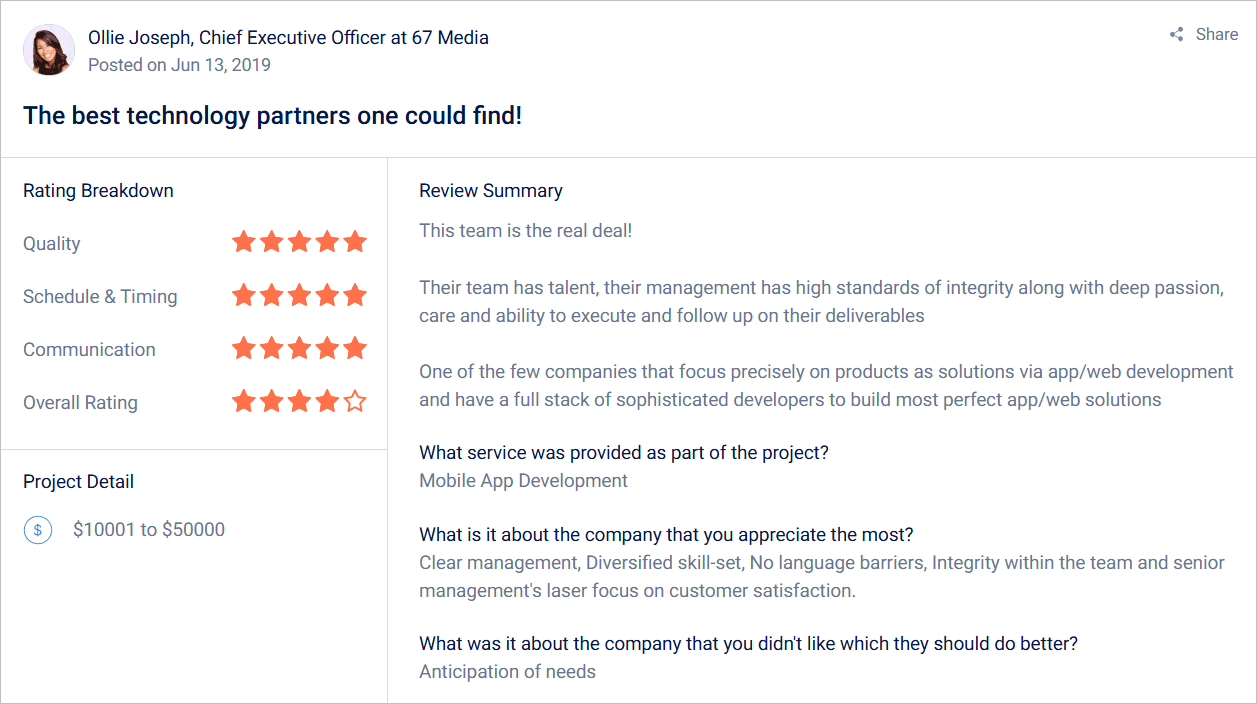
With a professional team of experts in design and development, we craft user-centric solutions that drive results.
Get in touch with our team to share your digital product design requirements.
FAQs
1. How long does it take to design a digital product?
Designing a digital product usually takes 4 to 12 weeks, depending on the complexity, number of screens, and feedback cycles. Basic apps may be completed faster, while enterprise-level or multi-platform designs take longer due to detailed research and prototyping.
2. What is included in digital product design services?
Digital product design services include research, wireframing, UI/UX design, prototyping, and usability testing. Some agencies also offer brand design, design system creation, and developer handoff to ensure smooth implementation.
3. How do I choose the right digital product design agency?
Choose a design agency with a strong portfolio, a user-focused approach, transparent pricing, and proven results. Check client reviews, industry experience, and ability to deliver ROI-driven designs that match your business goals.
4. What is the difference between UI design and UX design?
UI design focuses on visual elements like color, layout, and typography, while UX design ensures smooth user flow and functionality. Together, they create a complete experience that feels intuitive and visually appealing.
5. Can startups afford professional digital product design?
Yes, many agencies offer flexible pricing models for startups. Basic product designs start from $5,000 to $15,000, allowing new businesses to launch an MVP with professional design without high upfront costs.
6. How does good design improve business performance?
Good design improves user retention, conversion rates, and customer satisfaction. A well-designed interface builds trust, reduces friction, and helps users achieve their goals easily, leading to higher engagement and long-term brand loyalty.
Expertise Delivered Straight to Your Inbox
Expertise Delivered Straight to Your Inbox

Got an idea on your mind?
We’d love to hear about your brand, your visions, current challenges, even if you’re not sure what your next step is.
Let’s talk
